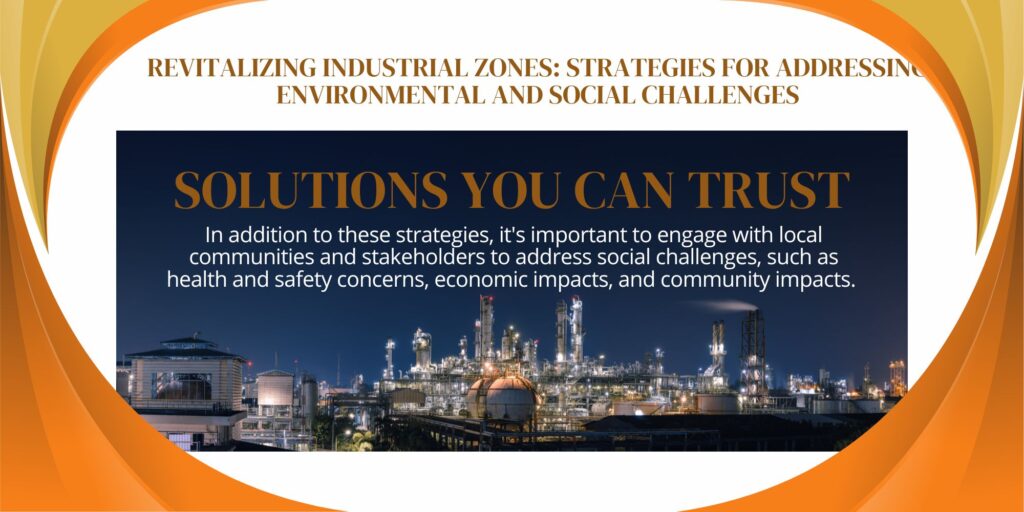Industrial zones, also referred to as industrial parks or industrial estates, are formally designated locations reserved solely for industrial operations.
Local governments or industrial development authorities frequently zone and plan these areas to provide a spot where businesses can function and produce goods.

Industrial areas frequently include a variety of buildings, including factories, warehouses, offices, R&D sites, and distribution hubs.
These facilities may be controlled by a single company or by a collection of businesses that collaborate on shared services and infrastructure.
The fact that industrial zones are frequently situated away from residential areas and other delicate land uses is one of their key characteristics.
By doing this, industrial activities will have less of an effect on the communities nearby and will have a designated area where businesses can operate unhindered by residential or commercial development.
Modern economies need industrial zones because they give businesses a place to function profitably and effectively.
They are essential for economic growth and the creation of jobs because they draw companies looking for a setting that suits their particular requirements.
However, industrial zones can also present social and environmental problems, especially if they are near to sensitive ecosystems or residential areas.
These difficulties may include issues with waste management, air and water pollution, and worries about the health and safety of employees and locals.
As a result, there is a growing trend to make industrial zones more environmentally friendly and socially conscious through the adoption of ideas like the circular economy, using renewable energy, and involving the local community.
Addressing Environmental Challenges

Environmental Management Systems (EMS): A methodical strategy to managing environmental impacts that entails identifying environmental risks and putting forward precautionary or preventative measures.
Evaluation: A technique for assessing a product or service’s environmental effects over the course of its complete life cycle, from the extraction of raw materials to disposal.
Eco-design is the process of creating goods or procedures that have as few negative effects on the environment as possible throughout their entire life cycles, including resource consumption, pollution, and trash production.
Green Chemistry: The development of safer and more ecologically friendly chemical goods and processes, including the utilization of sustainable resources and the mitigation of hazardous waste.
Zero Waste: A way of thinking and a set of actions aimed at reducing garbage production and promoting resource efficiency, including the use of closed-loop systems, composting, and recycling.
Carbon Foot-printing is the process of calculating and managing the greenhouse gas emissions caused by a good or service, as well as finding ways to cut those emissions.
Sustainable procurement methods, supplier engagement, and ethical sourcing are just a few examples of how a company’s supply chain can be managed to minimize its negative effects on the environment, society, and the economy.
Businesses can support environmental sustainability and lessen their environmental impact by implementing these and other strategies.
In conclusion, these case studies show how industrial revitalization initiatives have the potential to support social duty and sustainability while also benefiting local economies.
Industrial zones can become flourishing, sustainable communities by implementing creative strategies and interacting with stakeholders.